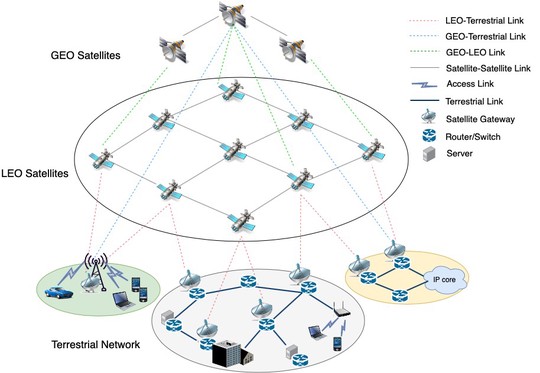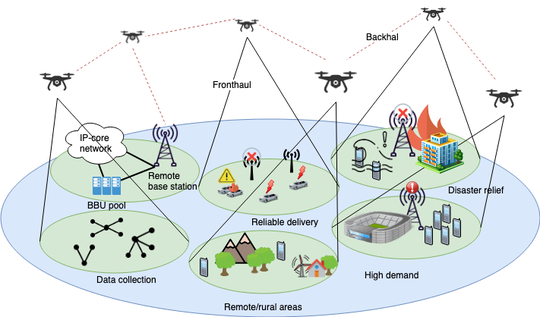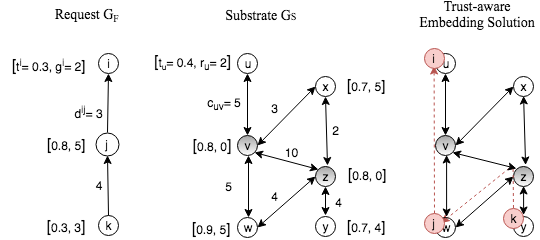Biography
I am a second-year Ph.D. student in Electrical Engineering/Communications in the ECE Department at the University of Maryland, College Park(UMD). I am also a Graduate Research Assistant (GRA) at the Institute for Systems Research (ISR) under the supervision of Dr. John S. Baras. I took my MSc degree in Telecommunications from UMD as well as a BS degree in Electrical Engineering from Sharif University of Technology, Tehran, Iran. I also hold a minor in Mathematics from Sharif University.
My research area mainly involves the management of Centralized/Distributed Systems, Wired/ Wireless Communication Networks, and Software-Defined Networks, using a wide range of Algorithm Design techniques, various Machine Learning based methods, and different Optimization principles.
Interests
- Cross-Layer Network Design
- Resource Allocation Over Communication Networks
- Software-Defined Networks (SDN)
- Network Function Virtualization (NFV)
- Integrated Space-Air-Ground Networks
- Network Security and Trust
Education
-
PhD in Electrical Engineering, 2023 (Expected)
University of Maryland, College Park
-
MSc in Telecommunications Engineering, 2019
University of Maryland, College Park
-
BSc in Electrical Engineering, 2017
Sharif University of Technology, Tehran


